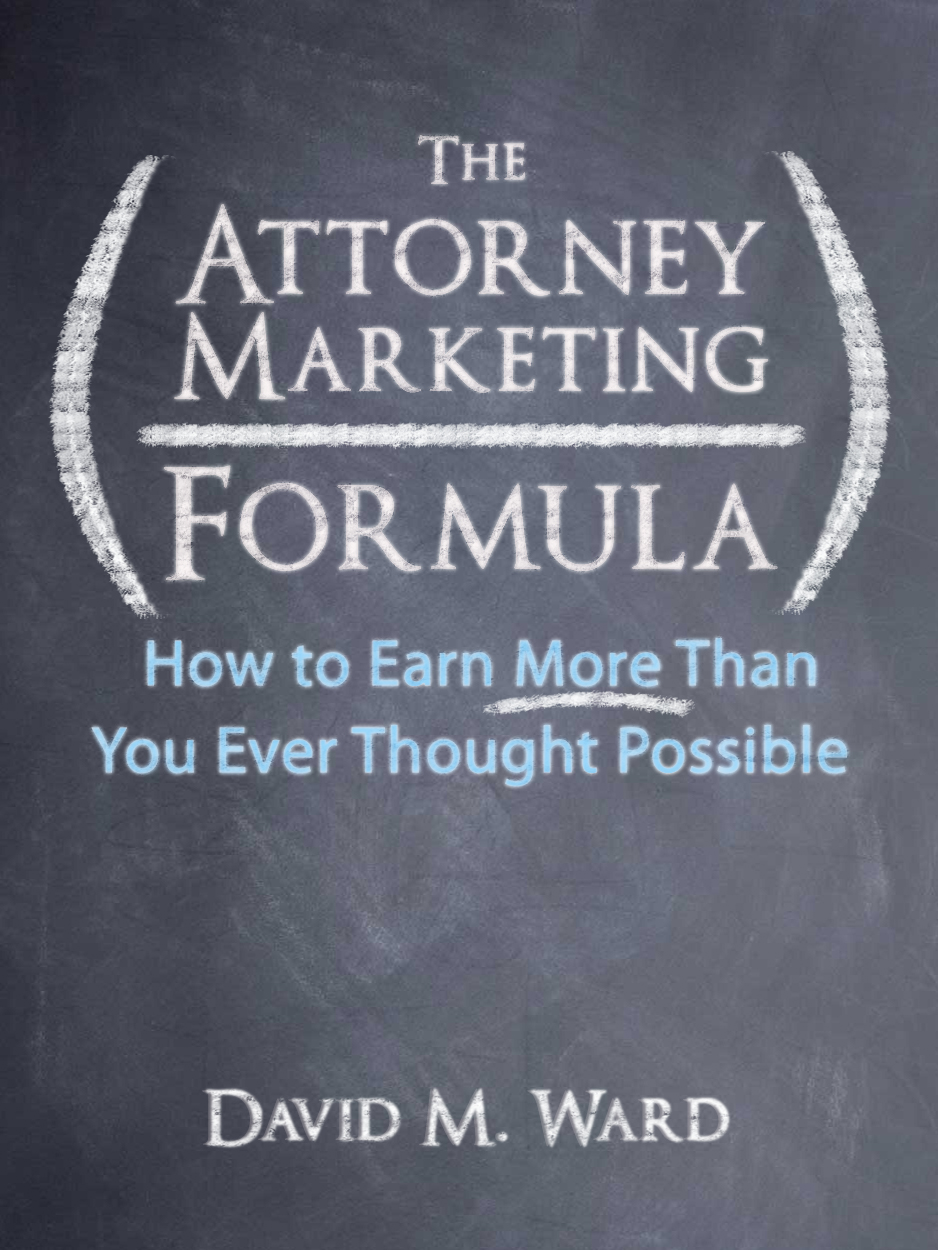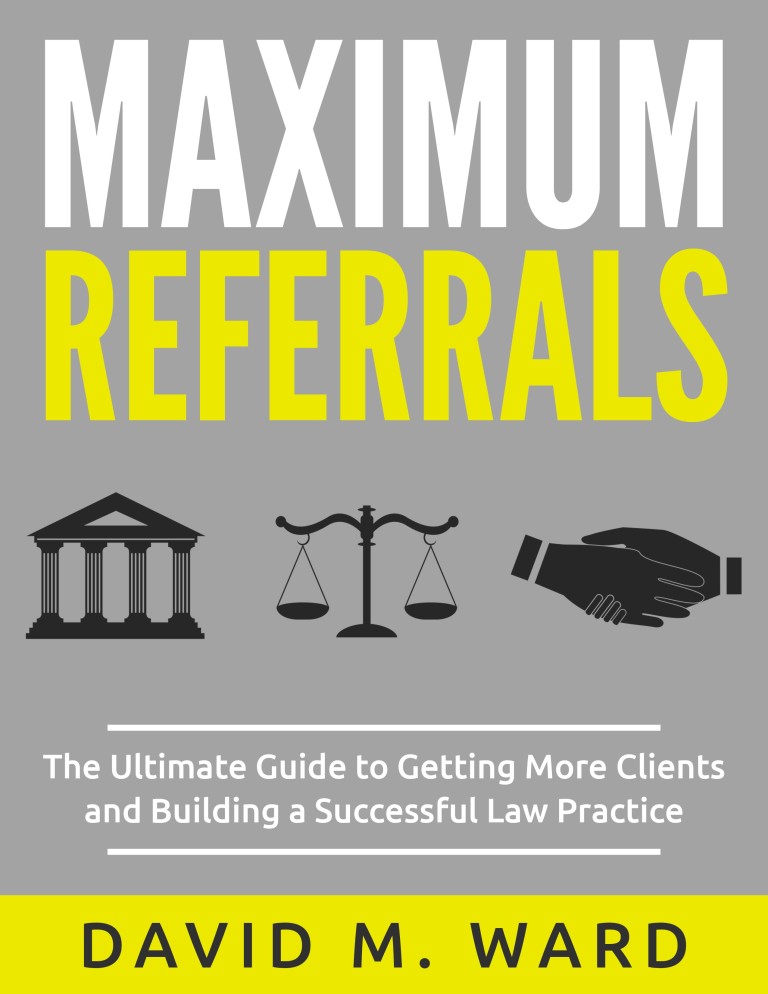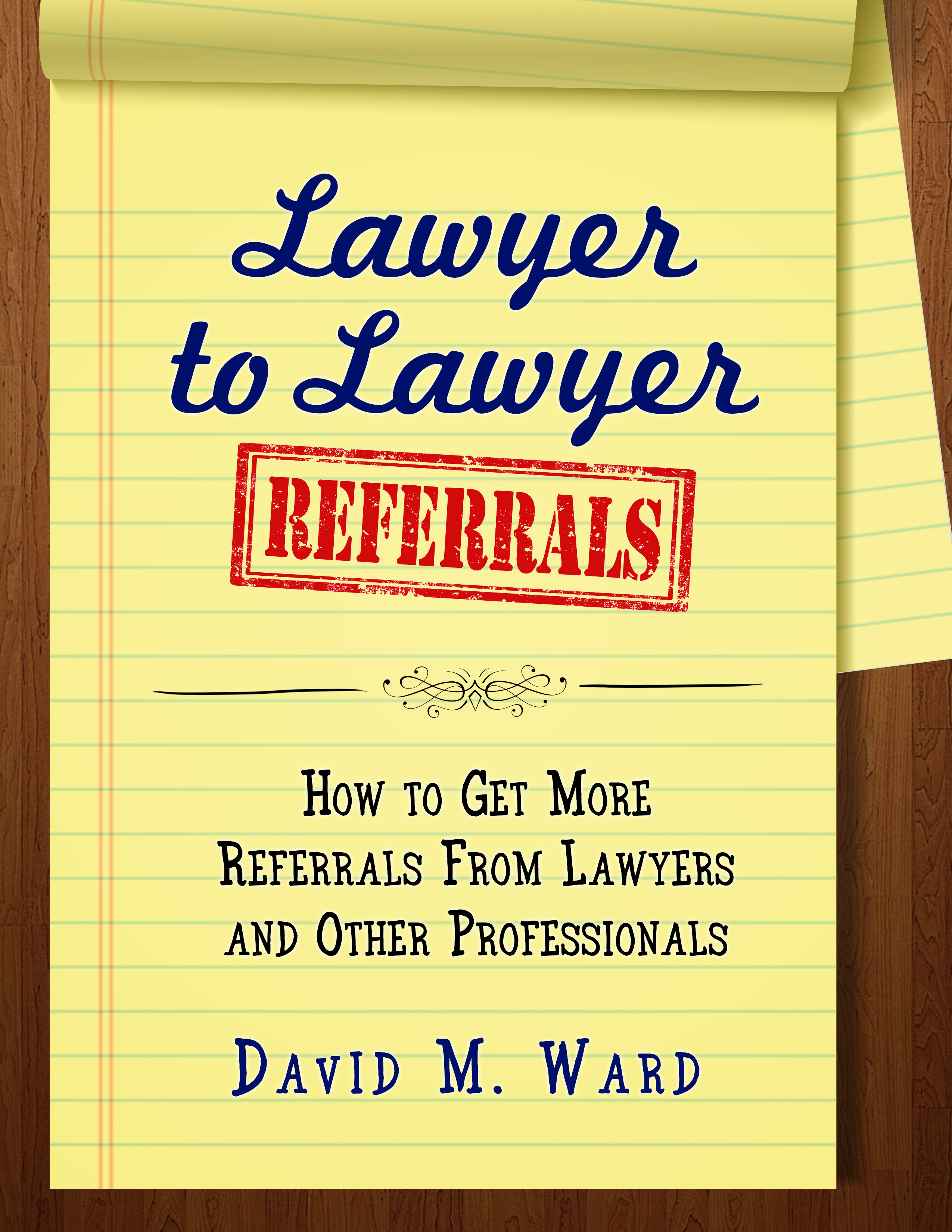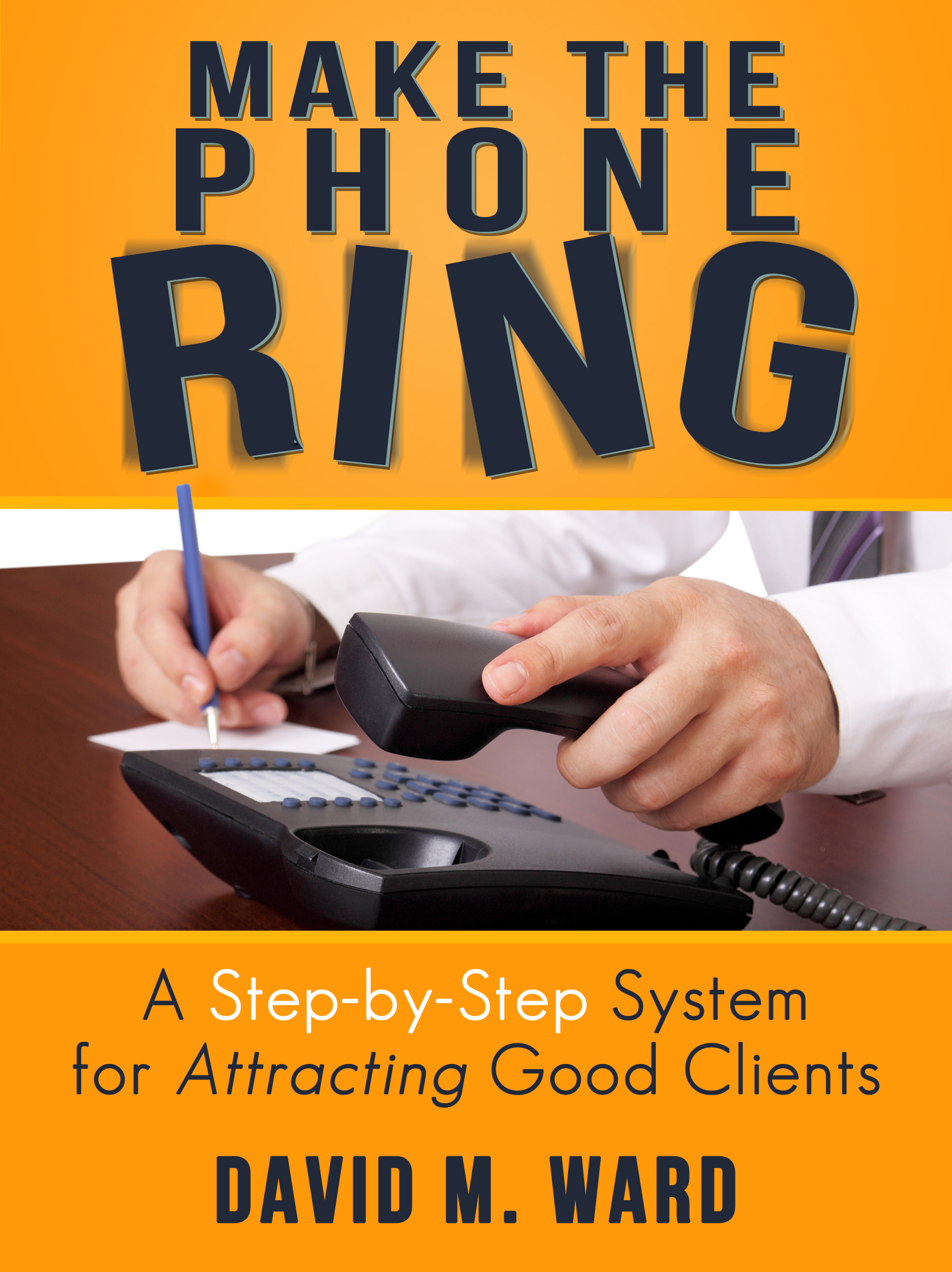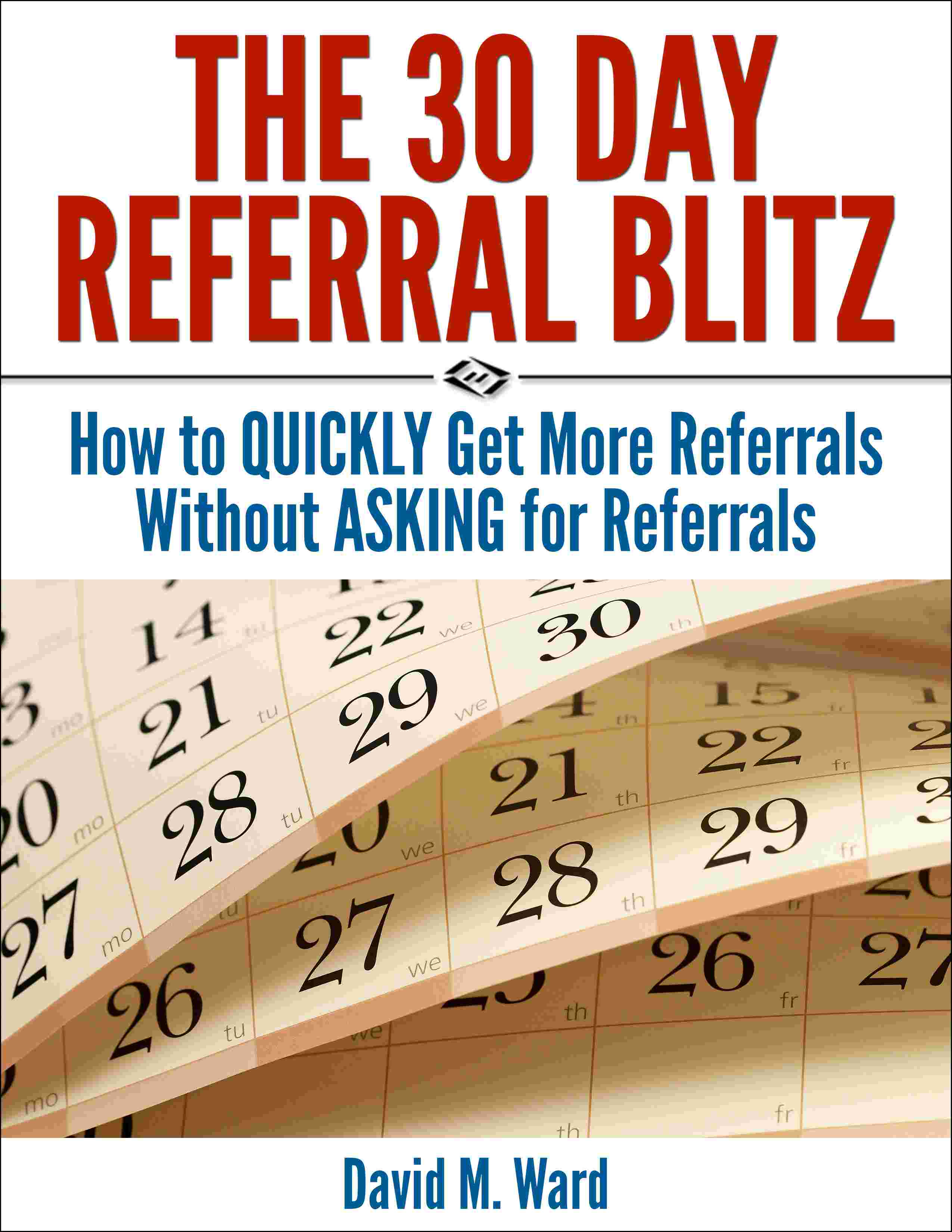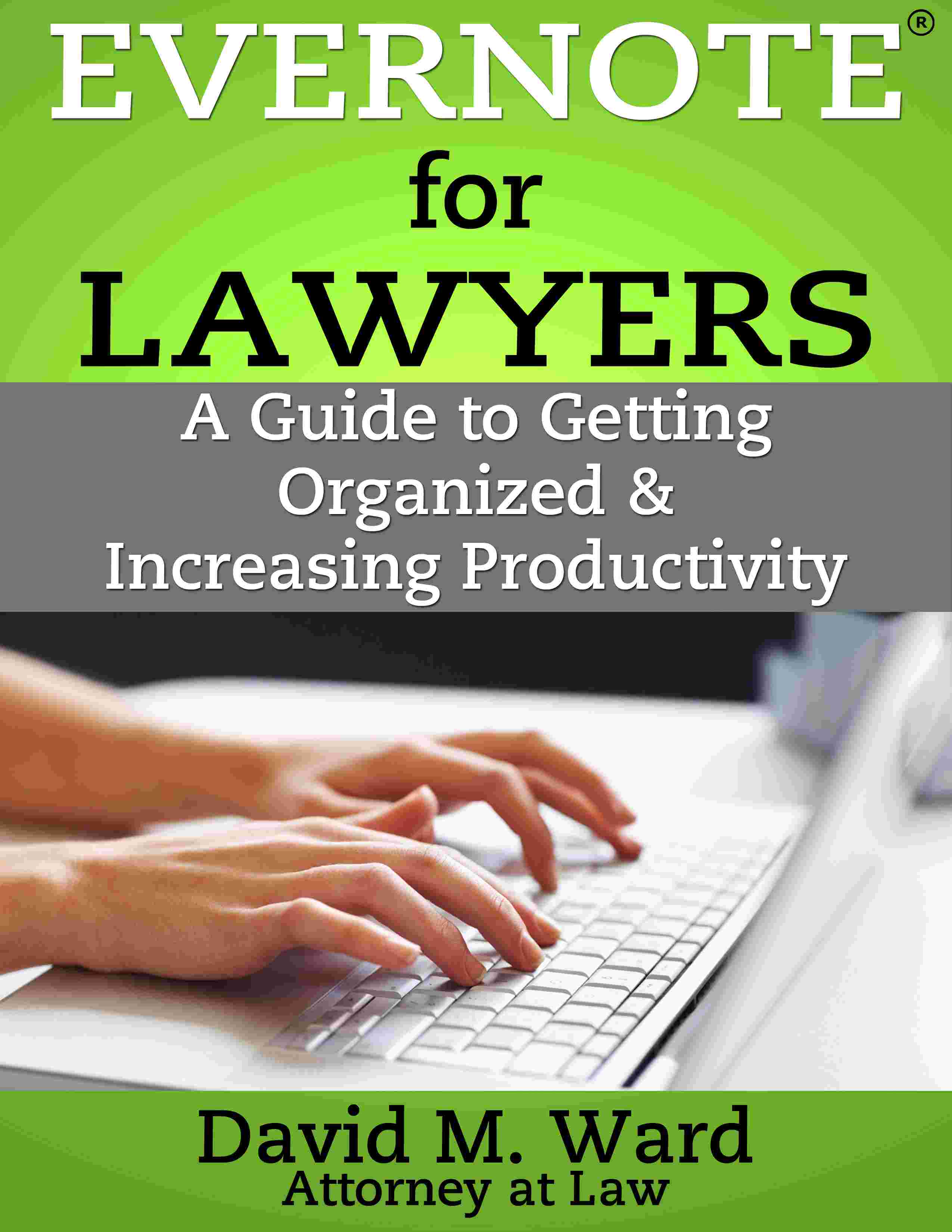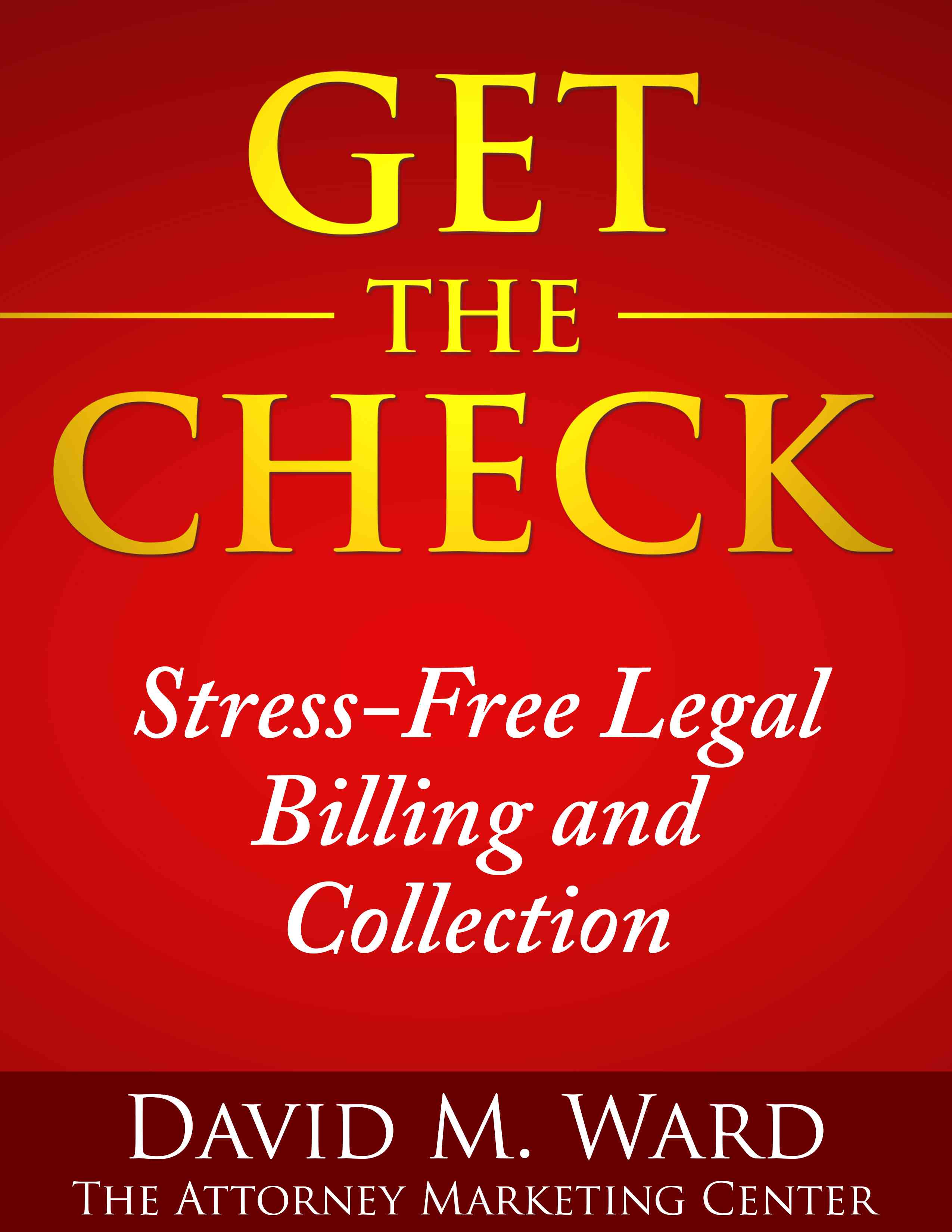Who knew?
I had no idea how many different note-taking methods there were. Different methods for different styles and a variety of situations, from classroom to courtroom and everyone in between. And then I read a blog post, The Ultimate Guide to Note-Taking, which I heartily recommend to you.
Even if you’re not a note-taking fanboy or girl, or looking for something different from what you currently use to record notes or ideas, you’re bound to find something you can use.
The post presents a wide variety of note-taking methods, including the traditional outline/list method we first learned in grade school, visual methods like mind maps and charts, the Cornell method, and more. The author first demonstrates a paper version of each method, and suggests how it might be adapted for digital.
I think we all develop our own methods of taking notes. I know I did, first in law school, and then in depos and court. For the latter, I would write down what a witness said, what I thought about what they said, and notes to myself about what to ask in cross or what to look into when I got back to the office. I used abbreviations and visual marks to identify notes to zero in on when I later reviewed them.
I do something similar when I’m listening to a presentation or in a business meeting.
I’m going to study this blog post to see how I can use some of these methods for recording tasks and projects and for taking notes on books and blogs.
If you want to talk nerdy to me, check it out and let me know what you think.

